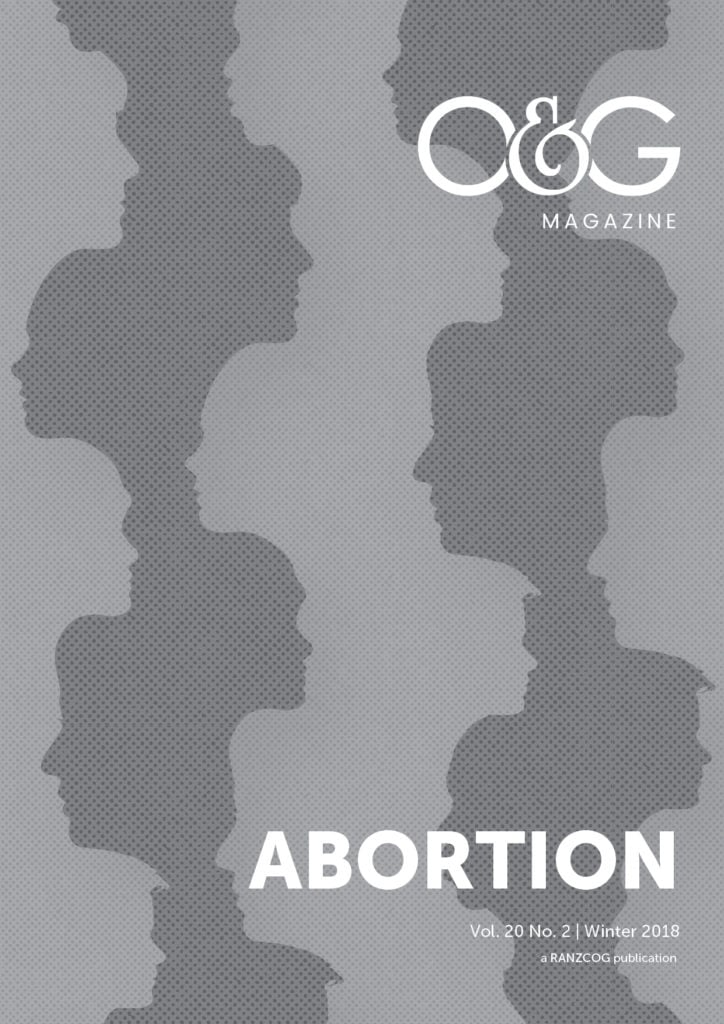Women Seeking Abortions Are Being Turned Away From Queensland’s Hospitals. This July 2016 article was BuzzFeed News’ foray into reproductive rights coverage in Australia. We have since published 109 stories in which we’ve spoken to patients, lawmakers, politicians, activists and doctors about access to abortion in Australia.
It is estimated that half of all pregnancies in Australia are unplanned and that half of those are terminated, but those figures are almost 30 years old.
We quickly found that this lack of current data, as well as the fact that access differs across states and territories, became an obstacle in every aspect of reporting on this issue.
South Australia is the only jurisdiction where women can easily access abortion services at a public hospital, at little to no cost, without fear of intimidation and harassment from religious picketers.
Access to abortion services can come down to pure luck because legality and affordability vary so greatly between and even within states. Counsellors in Queensland refer to the ‘postcode lottery’ in Brisbane, where some women mercifully fall within a hospital catchment that offers public provision. Abortion remains in Queensland’s criminal code and a woman outside of this area might have to rely on a not-for-profit counselling service to raise money for her termination, which can cost more than A$1000.
In New South Wales, where abortion remains a crime, patients might face anti-abortion picketers to access a termination, because unlike Tasmania, Victoria and the Northern Territory, the state has no safe access zones to protect patients from harassment.
Many politicians don’t want to talk about an issue that won’t win them votes. Many doctors don’t want to talk about an issue that might attract abuse and many women don’t want to forgo their privacy to talk about an issue that might have been a source of personal pain.
The practitioners we’ve spoken to have described the personal risks of providing abortions and what it is like to operate within the shadow of the law in states where the procedure is still written into 100-year-old criminal legislation. A nurse who is harassed by anti-abortion protesters on her way into the clinic; the only doctor who performs surgical abortions in the 2000km area north of Rockhampton and won’t tell her friends what she does for a living; a regional obstetrician who was fined $180,000 for defaming religious picketers; a retired surgeon who was prosecuted after his Queensland clinic was raided in 1985 under the orders of a conservative premier.
Women have spoken about the barriers to access. A woman whose doctor told her abortion wasn’t possible after nine weeks; a woman who waited days in hospital to terminate a wanted pregnancy; a woman whose doctor told her abortion wasn’t possible because it was a crime; a woman who cancelled her surgical abortion because she couldn’t enter the clinic as her relative was protesting outside; a woman who paid more than $4000 to fly interstate for an abortion; a woman whose GP refused her a medical abortion because she was ‘meant to be a mother’; a woman who explained how traumatic it can be to have a second-trimester abortion.
Pro-choice counsellors have explained how they sell tea towels and crowdsource funding via Facebook donations to fund abortions for homeless or disadvantaged women, who can’t raise hundreds (or sometimes thousands) of dollars at short notice. Pro-choice activists have explained how they escort women into clinics so they don’t get handed plastic fetal dolls by protesters.
We’ve learned that regional, rural and remote women can be seriously out of pocket after an abortion. One in ten women in Australia have to stay overnight in the town they’ve travelled to for the termination, drastically increasing the cost. Medical abortion should cost an Australian patient $38.80, as they are subsidised by the Pharmaceutical Benefits Scheme, but can cost women in regional areas upwards of $700 for the two pills.
A lot has happened since we started covering this issue. A push to decriminalise abortion failed in Queensland parliament and another failed in New South Wales parliament. A law that decriminalised abortion and legalised medical abortion passed through Northern Territory parliament. Religious protester Kathy Clubb became the first person arrested, tried, convicted and ultimately fined under Victoria’s safe access zone laws. A bill to introduce similar zones in New South Wales was introduced into that state’s parliament. During the internal parliamentary inquiries and external public debate on legislative change, misinformation defined much of the discourse.
Much of our work has involved mythbusting and fact-checking resources distributed by anti-abortion groups or uninformed commentary from politicians. In the past 18 months, a state MP has blamed abortion for lost tax revenue, a senator told BuzzFeed News women were just too ‘shy’ to ‘reach out’ and ask about options other than abortion and another politician introduced a motion against anti-domestic violence organisation White Ribbon for supporting reproductive rights. During Queensland’s decriminalisation debate, a Catholic archbishop compared a state with legalised abortion to Nazi Germany.
We repeatedly busted falsehoods about second-trimester abortion being common and easy to obtain.
We asked experts about newspaper and radio advertising campaigns from religious groups in Queensland, which claimed, among other things, that decriminalisation would allow ‘abortion at ANY stage of pregnancy, for ANY reason’.
We fact-checked a motion by One Nation turned independent senator Fraser Anning that called on the Federal government to fund compulsory counselling for women considering abortion. We broke down why Queenslanders were getting unsolicited robocalls warning that people would ‘die’ if they voted for Labor. We combed through materials handed to patients entering clinics in Western Australia which pedalled the myth that abortion causes breast cancer.
As most of the information distributed about abortion is done so by anti-abortion groups, there’s a lot of misunderstanding about the procedure in our BuzzFeed News comments section. Some of these ideas include: women have complete control over when and where they fall pregnant, women are using abortion as contraception, and the termination rate would drop if the procedure cost more.
From the research and interviews we’ve undertaken since July 1016, we have begun to untangle an uncomfortable issue and trace the social and political threads that impede access to abortion in Australia.
The next step in our reproductive rights coverage is to partner with service providers and support services to undertake an ambitious data project aiming to provide a better picture of access to abortion services across Australia.
We’ve made a commitment to provide accurate and informative coverage of access to abortion and attempts at law reform. We want other media outlets to join us. To do that, they need access to the facts.
With the cooperation of doctors and service providers, as well information obtained under freedom of information, we think we can start to build a decent picture of access to abortion in Australia. This won’t only allow more accurate reporting, it will also ensure the ongoing debate around access and decriminalisation is rooted in the facts.
To find out more about the project or to get involved, contact us at [email protected] and [email protected].







[…] there is limited data on the exact number of abortions and at what gestation (due to legal barriers and the patchwork of public and private provision across Australia), the available data and testimony from healthcare providers suggests abortions after 20 weeks […]
[…] there is limited data on the exact number of abortions and at what gestation (due to legal barriers and the patchwork of public and private provision across Australia), the available data and testimony from healthcare providers suggests abortions after 20 weeks […]
[…] short answer is there is no standardised publicly available information on the exact number of terminations in Australia or the reasons for each […]